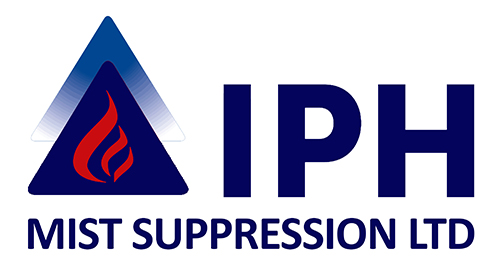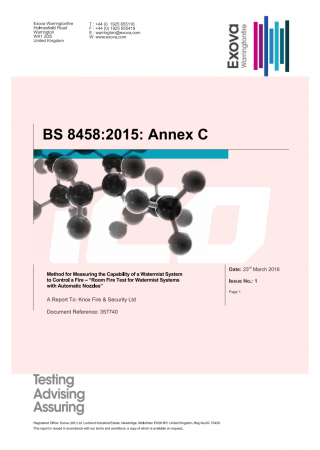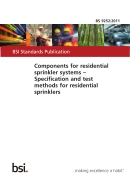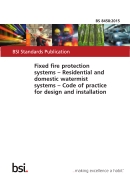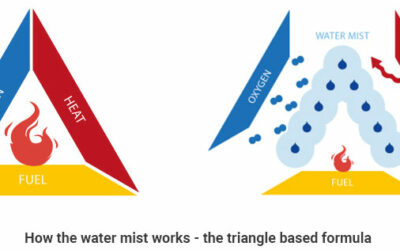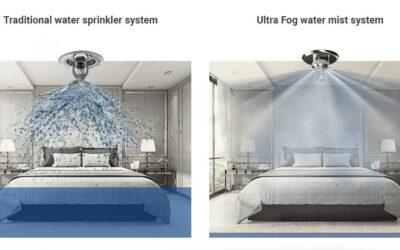Water Mist Testing
Applicable to the Residential + Domestic Sector
We are delighted to partner with iCO as a dedicated installer, of their approved, custom built and patented water mist system, for residential and domestic properties.
Passing the Test
On the 23rd March 2016 our custom built water mist system undertook independent third party rigorous inspection by Exova Warrington Fire, a UKAS accredited laboratory, achieving the required testing and standards criteria.
Testing is done on set criteria and also ensures systems are tested to cover fire compartments of up to 80m² which when achieved, allows water mist system to be used on domestic and residential projects across the UK. Full transparency of test reports and certificates are available upon request for potential clients.
Dedicated installers
IPH Partner with iCO®
We design, install and maintain iCO® active water mist system that will protect your home and loved ones in the event of the unthinkable.
iCO® Products is ISO9001 accredited for the design, manufacture and supply of water mist fire suppression systems.
The iCO® patented technology has been independently tested by Warrington Fire, a UKAS accredited laboratory and meets the performance requirements of BS:8458 Residential Water Mist Standards and against performance fire tests of BS:9252 Sprinkler Standards.
Performance Tests
Exova Warrington Fire
Carried out two sets of performance fire tests which are detailed as the following standards.
BS 9252
Objective: To demonstrate the capability of a water mist system to control a fire utilising the principles of the test procedure defined in BS 9252:2011: Annex S.
Conclusion: Where the thermocouples were positioned at 1.6m above the floor, the temperatures did not exceed 55°C for any 120 second interval.
BS 8458
Objective: To demonstrate the capability of a water mist system to control a fire when tested in accordance with BS 8458:2015: Annex C.
Conclusion: The water mist system suppressed the fuel packages and met all the criteria specified in Clause 6.1 (a), (b) & (c) of BS 8458:2015 for domestic and residential purposes at a maximum of 80m².
*It should be noted that BS:9252 is a sprinkler standard not a water mist standard, therefore it is not possible for the iCO nozzle to comply to the flow requirement (or design density as it is commonly known) of the tests. Sprinklers and water mist are fundamentally different in this regard as it was determined that Water Mist Systems use less water at a higher pressure to create smaller droplets that control the fire more effectively.
**To verify the performance of our nozzle against this standard the test room, fire load and pass-fail criteria were exactly as prescribed in the standard. The only difference was the flow of water from our nozzle which was considerably less than a sprinkler system.
Set to standards
Viable Alternative to Tradition
The IPH Water Mist System is a viable alternative to traditional sprinkler systems and our designs are submitted in conjunction with the following standards as applicable:
BS 8458 – BS 9251 – BS 9252 – BS 7671
(other standards may apply)
Validity
2022 Results
Soon to publish…
The specification and interpretation of fire test methods are the subject of ongoing development and refinement. Changes in associated legislation may also occur. For these reasons it is recommended the relevance of test reports over 5 years old should be considered by the user.
The choice is yours
Many Fire Suppression Systems to choose from
Where these are used it is necessary to ensure that such systems have been designed and tested for use in domestic buildings and are fit for their intended purpose.
*** We demonstrate that our systems have been designed and tested for use in domestic buildings and are fit for their intended purpose by our system performance fire tests carried out to BS8458 (Fixed fire protection systems – Residential and domestic water mist systems – Code of practice for design and installation) and BS9252:2011 (Components for residential sprinkler systems – Specification and test methods for residential sprinklers) carried out by a UKAS accredited laboratory, Exova Warrington Fire.
Note: There are no traditional sprinklers available on the market that have been successfully tested to BS9252. The sprinkler industry instead of adhering to ‘British Standard’ use an American UL test.

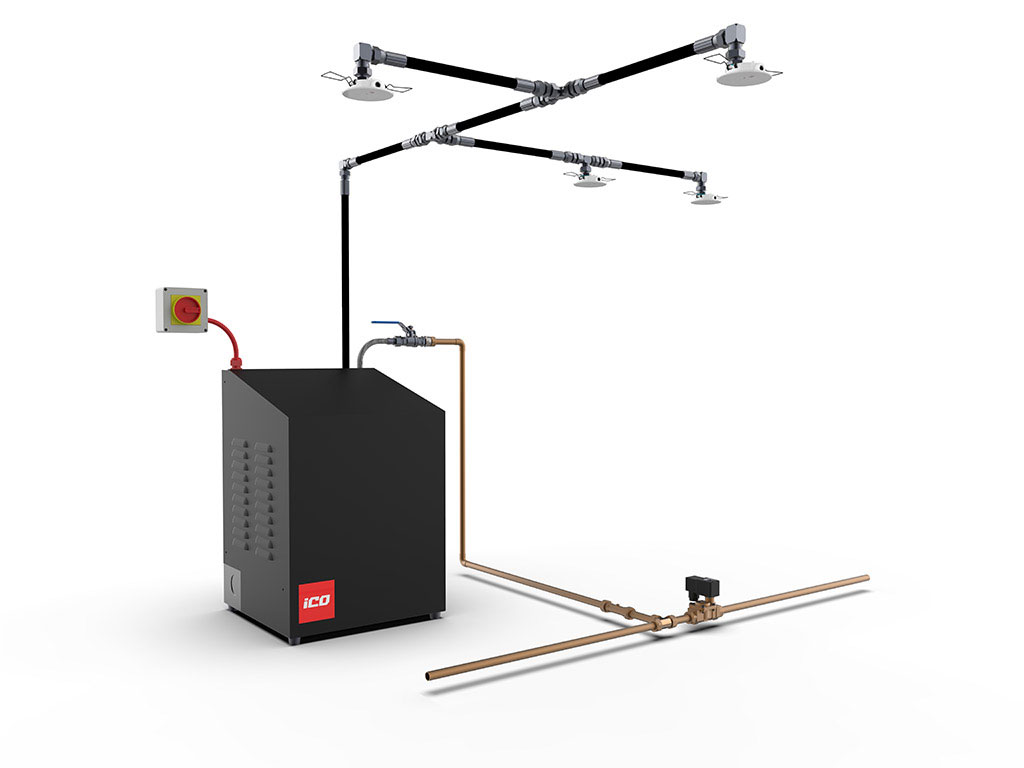
Manual Switch
Isolation Valve
Check Valve
Demand Valve
Excellence
We are water mist fire suppression Experts
It is essential that automatic fire suppression systems are properly designed, installed and maintained.
Our water mist suppression system can detect, suppress and control a fire at an early stage of development and also activate an alarm straight to your smart device.
Operation of the system rapidly reduces the rate of production of heat and smoke, allowing more time for the occupants to escape to safety or be rescued.

Freedom of Design
Passing the Test
Rest easy knowing our system can be flexible enough to accommodate any design your hoping to achieve.
All properties possess their own unique set of challenges and hazards to overcome, our IPH water mist system is “project specific” allowing any design to achieve fire suppression honed to that unique space.
As such, our water mist designers and engineers are well versed in exploring effective and creative solutions to ensure your property is suitably protected, without impeding upon a bespoke architectural design.
Latest News & Case Studies
BS8489 – Commercial Water Mist Standard
For a long time, there has not been a British Standard for the commercial water mist system, which those in the fire safety community can use. The lack of British Standards for water mist fire...
How does a water mist system work?
How does it work? High-pressure pumps force water through the stainless-steel Ultra Fog water mist nozzles, discharging the water in the form of millions of tiny droplets – typically 30 – 200 µm...
Testing, Type Approvals and Compliance
Ultra Fog’s Commercial Water Mist System has been fire tested by the Swedish Test Laboratory (SP), SINTEF - Norway and Danish Fire Laboratory (DFL), and the Southwest Research Institute (SwRI) and...
